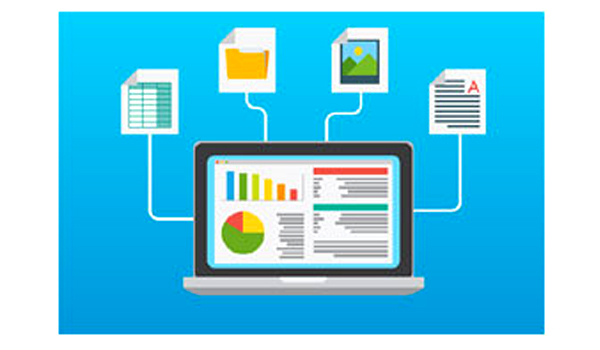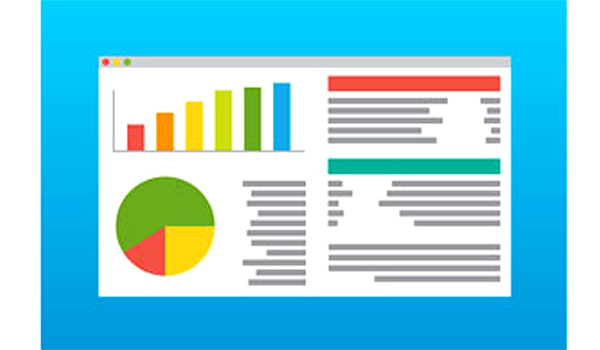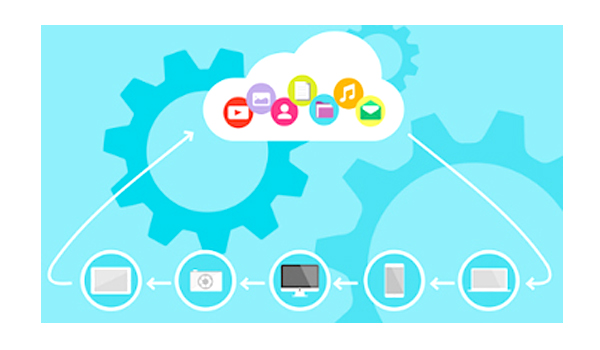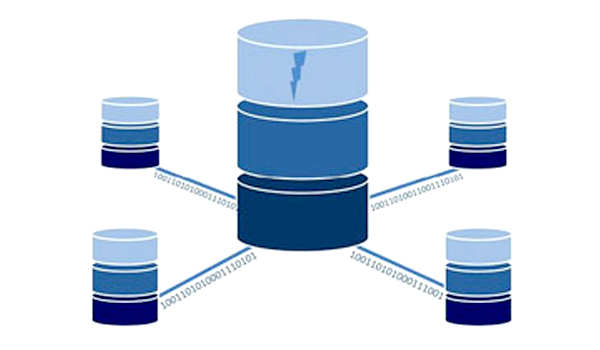Data Virtualization
Disparate data systems can be accessed by user with data virtualization.
Updated: December 4, 2023

Disparate data systems can be accessed by user with data virtualization. Users access and use data without worrying about technical details, such as the format of the data at its source or where it is physically located with data virtualization.
Replicating or storing data anywhere is not required in data virtualization as users can connect to datasets in real time without any risk of mistakenly manipulating the source.
Data virtualization software is used by data administrators, analysts, and engineers to facilitate data usage through virtual data layers, integrate data across sources, and simplify data retrieval.
Data administration, Data federation and Data transformation are different types of data virtualization features.
Users often get what they need more quickly since they don't have to replicate data sources to achieve their end goals. Users can access the most recent dataset and gain more accurate results as data is provided in real time. Businesses can protect critical systems and data sources. Data can be made simple and easy for business users to access as it is centralized. Data virtualization is more cost-effective than other data management software because maintenance of resources and tools is not required in it. The outcomes of data virtualization can be utilized ato make decisions about business direction based on accurate data.
Types of data visualizations
- Bar Charts
- Line Charts
- Pie Charts
- Scatter Plots
- Area Charts
- Histograms
- Bubble Charts
- Heatmaps
- Treemaps
- Box-and-Whisker Plots (Boxplots)



